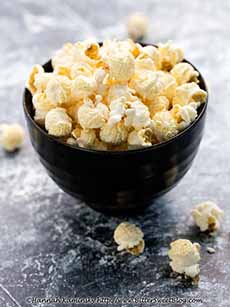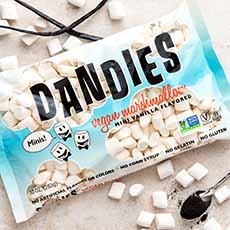|

[1] >Dark Chocolate Peanut Butter has chocolate richness with no added sugar (all photos © Fix & Fogg).

[2] Everything Butter, a blend of 8 nuts and seeds, is a multiple award winner.

[3] Cashew Butter is available in Creamy and Oaty Nut Butter.

[4] Chocolate Hazelnut Butter is an epicure’s version of Nutella.
 [5] Dark Chocolate Peanut Butter Toast is garnished with granola clusters and freeze-dried raspberries. You can also add a layer of jam or a drizzle of maple syrup or date syrup.
[5] Dark Chocolate Peanut Butter Toast is garnished with granola clusters and freeze-dried raspberries. You can also add a layer of jam or a drizzle of maple syrup or date syrup.
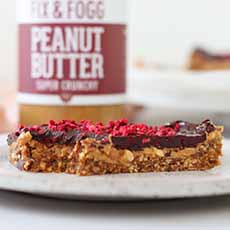
[6] These No Bake Peanut Butter Bars are made with Smooth Peanut Butter topped with dried raspberries; but we made ours with Hot & Smoky Peanut Butter and chopped peanuts.
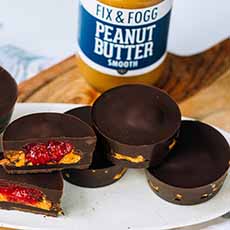
[7] These peanut butter and jelly cups are so much better with F&F PB.

[8] Stuffed sweet potatoes with black beans, corn, avocado and cashew butter-yogurt sauce.

[9] Everything butter pesto: a dip, a sandwich spread, a base for a salad dressing.Here’s the recipe.
|
|
What happens when two corporate lawyers in New Zealand decide to leave corporate life? If they’re foodies with great palates, they choose to make artisan food that’s sustainable, and delicious. They decided to make Fix & Fogg, “the world’s best nut butters.”
Now, the title of “the world’s best” isn’t an absolute except, perhaps, in athletic competitions. But Fix & Fogg nut butters—almond, cashew, hazelnut, and peanut—have won awards worldwide.
And while we’ve only tasted artisan nut butters from the U.S. until now, Fix & Fogg are certainly on the podium at The Nibble’s award ceremony.
Personally, peanut butter is our favorite nut butter. We’ve tasted our share of good artisan PBs, but Fix & Fogg is beyond good, very good, even excellent: It’s exciting peanut butter.
It made us say WOW after the first spoonful, and immediately scrap that evening’s dinner menu for several protein-rich tablespoons of F&F.
That’s why Fix & Fogg is our Top Pick Of The Week: delicious on your table and a delicious small gift and stocking stuffer (or a box of four jars).
WHAT MAKES FIX & FOGG SO VERY GOOD?
Quality, quality, quality.
No added sugar, palm oil or additives.
Superb texture/consistency.
No sugar added†.
Something we have to call magic.
Because our favorite nut butter is peanut, we didn’t try almond and cashew. The peanut butter flavors we tried were outstanding. The Coffee & Maple PB has the crunch of ground coffee beans in addition to ground peanuts. What a delight!
We’ll keep these three flavors, plus Smooth and Crunchy flavors, stocked in our pantry going forward.
THE FIX & FOGG LINE
There are different variations of almond, cashew, hazelnut and peanut butters. Each one we tried was superb.
One reason the peanut butter may be so better than other artisan PBs we’ve enjoyed: They’re hi-oleic peanuts. We’d never heard the term before, but here’s what we now know, in the footnote* below..
Almond Butter: Cashew And Maple, Chocolate, Crunchy, Smooth
Cashew Butter: Creamy
Everything Butter: 8 nuts and seeds—almond, chia, flaxseed, hemp, peanut, pumpkin, sesame, sunflower
Hazelnut Butter: Chocolate
Oaty Nut Butter: toasted oats, cashew nuts, coconut, sunflower seeds, chia seeds and peanuts
Peanut Butter: Coffee And Maple, Dark Chocolate, Smoke And Fire, Smooth, Super Crunchy
A note: the chocolate butters—peanut and hazelnut—are not sweet. Don’t expect Nutella. The chocolate provides an almost savory richness—the nut butters have a small amount of added sugar, but are not sweet.
The Smoke And Fire is nicely smoky and tingly: not a heavy hand of either. As Goldilocks said about the third bowl of porridge: “Just right.”
HOW TO USE THE NUT BUTTERS
We know that you need no advice in order to spread nut butter on a sandwich and eat it straight from the jar. Have you tried it in dessert sauces, savory sauces, and dips?
If you’ve never cooked or baked with nut butter, F&F will inspire you. There are also plenty of recipes: for blondies, bowls, cookies, crumbles, muffins, noodles, scones, and much more.
You can download the e-book of 75 recipes.
We’ve already dug into:
Dark Chocolate Peanut Butter Toast (photo #5)
No Bake Peanut Butter Bars (photo #6)
Peanut Butter & Jelly Cups (photo #7)
Pad Thai
Peanut Butter Rocky Road
Stuffed Sweet Potato (photo #8)
You can peruse the recipes on the website if you don’t want to download the e-book.
GET YOUR F&F
Head to the Fix & Fogg website for the best selection.
There are currently six flavors on Amazon.
Try any of the retail stores: Central Market, Fresh Direct, Sprouts, Gelson’s, Kings, Market Of Choice, Streets Market, Thrive Market, United Supermarkets, and Whole Foods Market. (But again, for the largest selection, go to F&F directly).
Stock up for yourself, for party favors, stocking stuffers, teacher gifts, and mini gifts to hand out year-round.
ABOUT FIX & FOGG
The name Fix & Fogg comes from two characters from the classic 1873 adventure novel, Around the World in 80 Days by Jules Verne: Phileas Fogg and Detective Fix. Like the story, the idea of embarking on a great journey, taking risks, and trying new things, resonated with F&F’s founders.
“Although we’re not quite sold in 80 countries around the world,” they say, “maybe one day we could do just that.”
Beyond New Zealand and Australia, the brand has sailed to China, the Philippines, Samoa, Singapore, Tahiti and the U.S.
Come on Canada! Come on Europe! Come on Latin America, where the peanut and cashew originated. Great nut butters await you!
Toward their sustainability goals, Fix & Fogg is the first New Zealand-owned food manufacturer to be awarded B Corp certification.
B Corporations are businesses that act in ways that benefit society as a whole. B stands for beneficial.
What defines B Corporations is their belief that the purpose of a company is not just to make money, but to also do social and environmental good.
B Corp entrepreneurs are committed to a vision of using their businesses as forces for good: for inclusive, environmentally-sustainable prosperity. You can profit while doing good.
The B Corp certification was launched a decade ago. More than 2,200 companies in more than 50 countries are now certified. Here’s more about them.
> THE HISTORY OF PEANUT BUTTER
> THE HISTORY OF PEANUTS
> THE HISTORY OF ALMONDS
> THE HISTORY OF CASHEWS
|
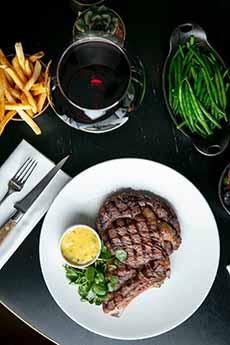



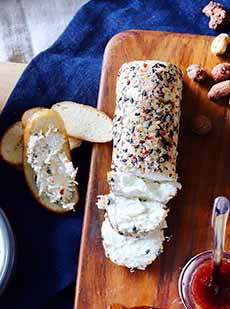


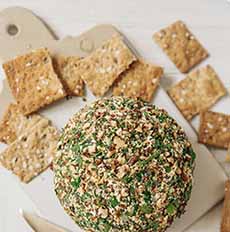





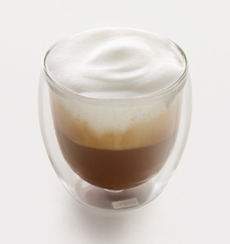
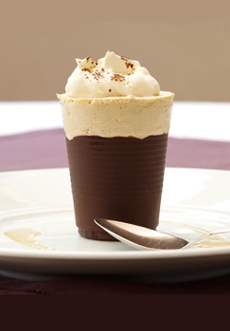




 [5] Dark Chocolate Peanut Butter Toast is garnished with granola clusters and freeze-dried raspberries. You can also add a layer of jam or a drizzle of maple syrup or date syrup.
[5] Dark Chocolate Peanut Butter Toast is garnished with granola clusters and freeze-dried raspberries. You can also add a layer of jam or a drizzle of maple syrup or date syrup.




